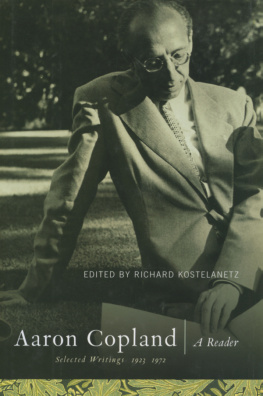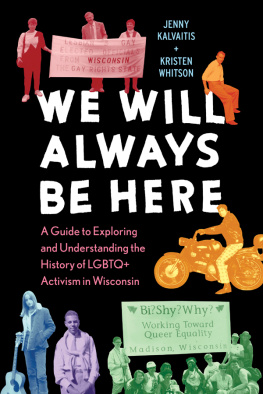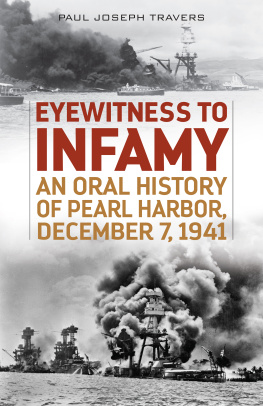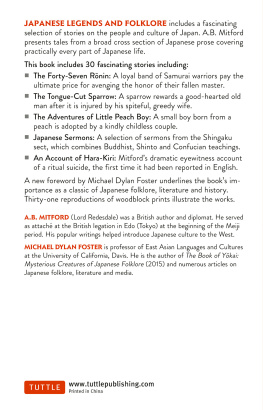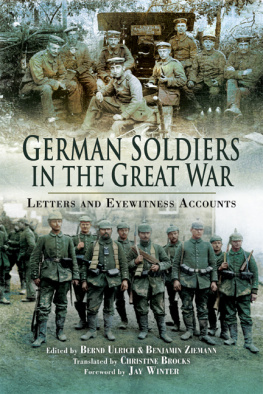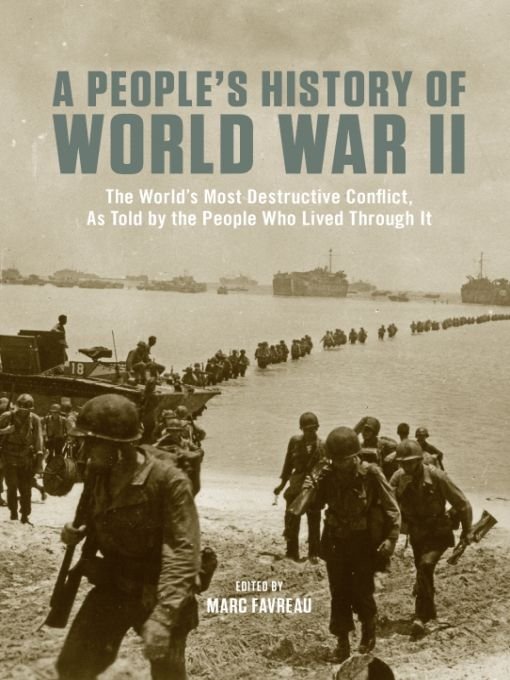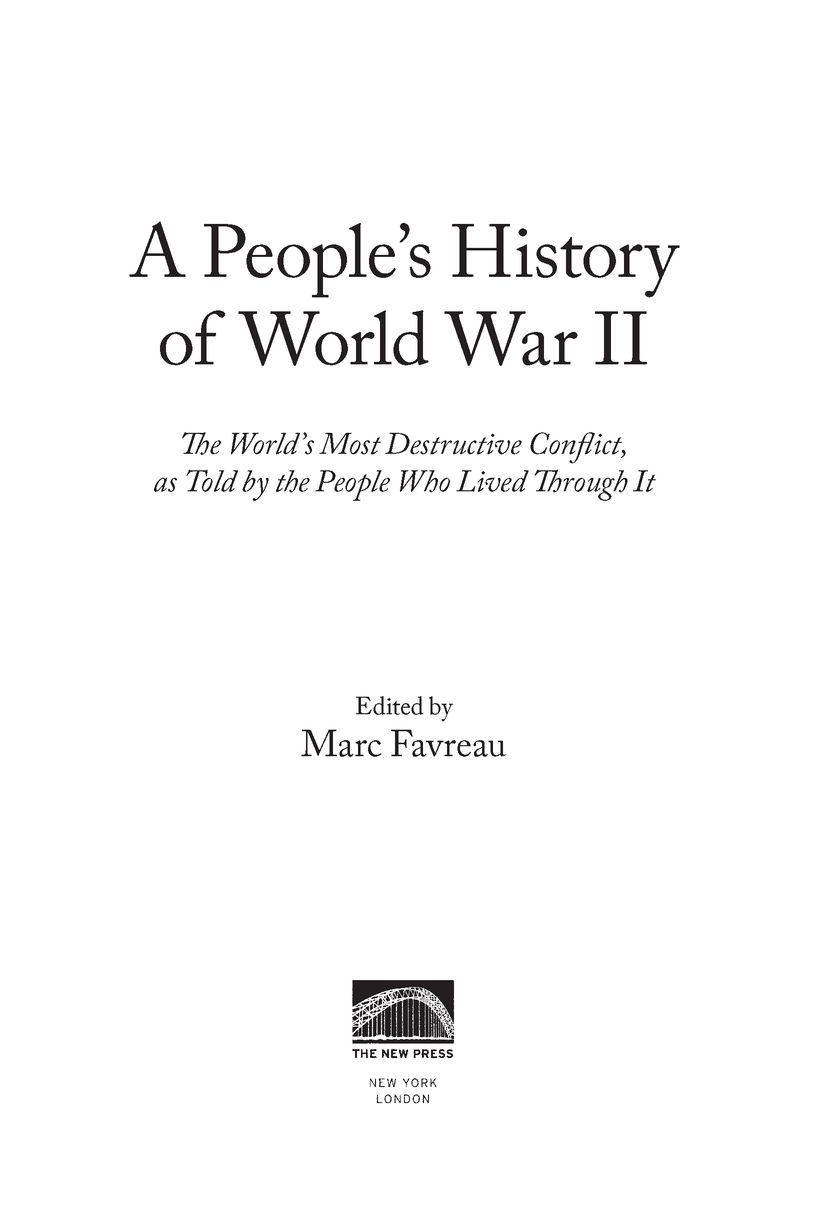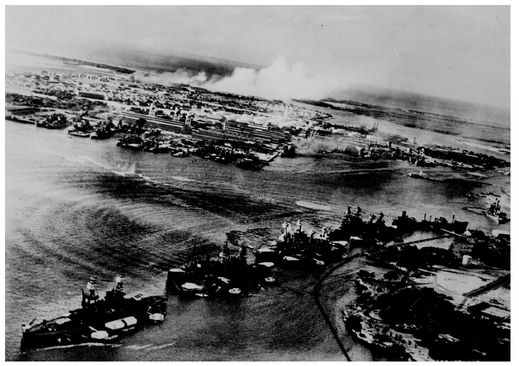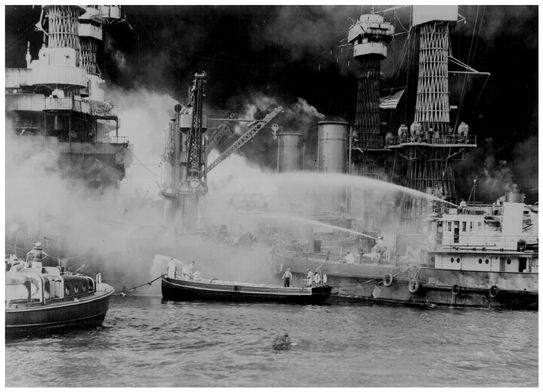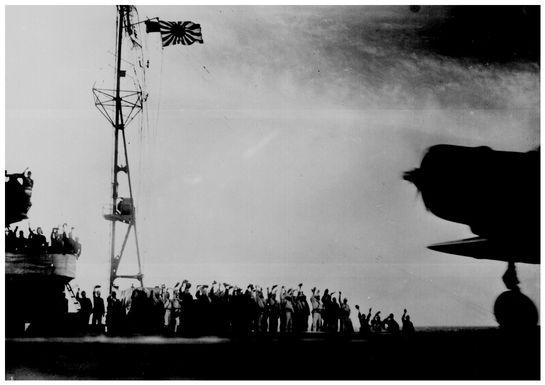Table of Contents
ALSO EDITED BY MARC FAVREAU
Remembering Slavery: African Americans Talk About Their Personal Experiences of Slavery and Emancipation (with Ira Berlin and Steven F. Miller)
Series Preface
Turning history on its head opens up whole new worlds of possibility. Once, historians looked only at societys upper crust: the leaders and others who made the headlines and whose words and deeds survived as historical truth. In our lifetimes, this has begun to change. Shifting historys lens from the upper rungs to the lower, we are learning more than ever about the masses of people who did the work that made society tick.
Not surprisingly, as the lens shifts the basic narratives change as well. The history of men and women of all classes, colors, and cultures reveals an astonishing degree of struggle and independent political action. Everyday people played complicated historical roles, and they developed highly sophisticated and often very different political ideas from the people who ruled them. Sometimes their accomplishments left tangible traces; other times, the traces are invisible but no less real. They left their mark on our institutions, our folkways and language, on our political habits and vocabulary. We are only now beginning to excavate this multifaceted history.
The New Press Peoples History Series roams far and wide through human history, revisiting old stories in new ways, and introducing altogether new accounts of the struggles of common people to make their own history. Taking the lives and viewpoints of common people as its point of departure, the series reexamines subjects as different as the American Revolution, the history of sports, the history of American art, the Mexican Revolution, and the rise of the Third World.
A peoples history does more than add to the catalogue of what we already know. These books will shake up readers understanding of the pastjust as common people throughout history have shaken up their always changeable worlds.
Howard Zinn
Boston, 2000
Editors Note
The title of this book takes its cue from Howard Zinns A Peoples History of the United States. Prior to his death in early 2010, Zinn was the longtime editor of The New Press Peoples History Series. It was at his urging that we decided to assemble this greatest hits collection of first-person testimonies from World War II, drawing on The New Presss extensive published work in this area, as well as from sources beyond our own list.
Zinns influence is not incidental to the pages that follow. Nearly seventy years after the end of World War II, our collective memory of the worlds most destructive conflict seems to have narrowed to a select few events and characters, all of them heavily filtered through commercial movies and television. The experience of ordinary people threatens to be lostparticularly as the generation that experienced the war directly fades from the sceneand with it a proper sense of the astonishing range of human experience, struggle, and suffering.
This book is the kind of history Howard Zinn championed: it samples from the rich outpouring of personal testimony and literary expression captured by a gifted set of historians and writers, including especially Studs Terkel, Haruko Taya Cook and Theodore Cook, Nelson Peery, David Wyman, Mark Anderson, and many others. It is our hope that this extraordinary body of writingand the experiences and memories it containswill inspire further exploration and reading.
Marc Favreau
June 2011
Part I
Beginnings: Pearl Harbor
On the morning of December 7, 1941, the Imperial Japanese Navy made a devastating surprise assault on the United States Naval base at Pearl Harbor, on the Hawaiian Island of Oahu, where the U.S. Pacific Fleet was based. The attack killed over 2,400 American servicemen, wounded more than 1,300 others, and sank or damaged a large number of ships and aircraftincluding three battleships. It was a major and risky move on the part of the Japanese, whose armies had advanced swiftly across East Asia in the preceding years, and whose military leaders hoped to neutralize any American opposition to their push into Southeast Asia. Pearl Harbor was quickly followed by attacks on other American military installations in the Pacific.
The day that will live in infamyPresident Franklin Delano Roosevelts stirring phrase in a speech to the American people on December 8shook the American psyche to its foundations. The United States declared war on Japan hours after Roosevelts speech. On December 11, following a declaration of war on the United States by the Axis powers Germany and Italy, the U.S. declared war on those countries as well, marking its full entry into the Second World War.
PHOTO ESSAY Pearl Harbor Photographs
U.S.S. Shaw exploding during the Japanese raid on Pearl Harbor, December 7, 1941. (Still Picture Branch, National Archives and Records Administration, Record # 80-G-16871)
Captured Japanese photograph taken during the December 7, 1941, attack on Pearl Harbor. In the distance, the smoke rises from Hickam Field. (Still Picture Branch, National Archives and Records Administration, Record # 80-G-30550)
[U.S. Navy Submarine Base] Pearl Harbor, T.H., taken by surprise during the Japanese aerial attack. U.S.S. West Virginia aflame, December 7, 1941. (Still Picture Branch, National Archives and Records Administration, Record # 80-G-19947)
Captured Japanese photograph taken aboard a Japanese carrier before the attack on Pearl Harbor, Hawaii, December 7, 1941. (Still Picture Branch, National Archives and Records Administration, Record # 80-G-30549)
December 7, 1941
John Garcia and Anton Bilek
In an excerpt from his acclaimed oral history The Good War, Studs Terkel interviews American witnesses to the Japanese attacks on Pearl Harbor, and on the U.S. military installation at Clark Field, in the Philippines.
JOHN GARCIA
A huge man, built along the lines of a sumo wrestler. He manages a complex of apartment buildings in Los Angeles. He could quite easily be the bouncer, too. He is resigned to the assortment of illnesses that plague him; his manner is easygoing. With my age, my love for food, thats caused diabetes, the whole bit. He is a Hawaiian.
I was sixteen years old, employed as a pipe fitter apprentice at Pearl Harbor Navy Yard. On December 7, 1941, oh, around 8:00 A.M., my grandmother woke me. She informed me that the Japanese were bombing Pearl Harbor. I said, Theyre just practicing. She said, no, it was real and the announcer is requesting that all Pearl Harbor workers report to work. I went out on the porch and I could see the anti-aircraft fire up in the sky. I just said, Oh boy.


